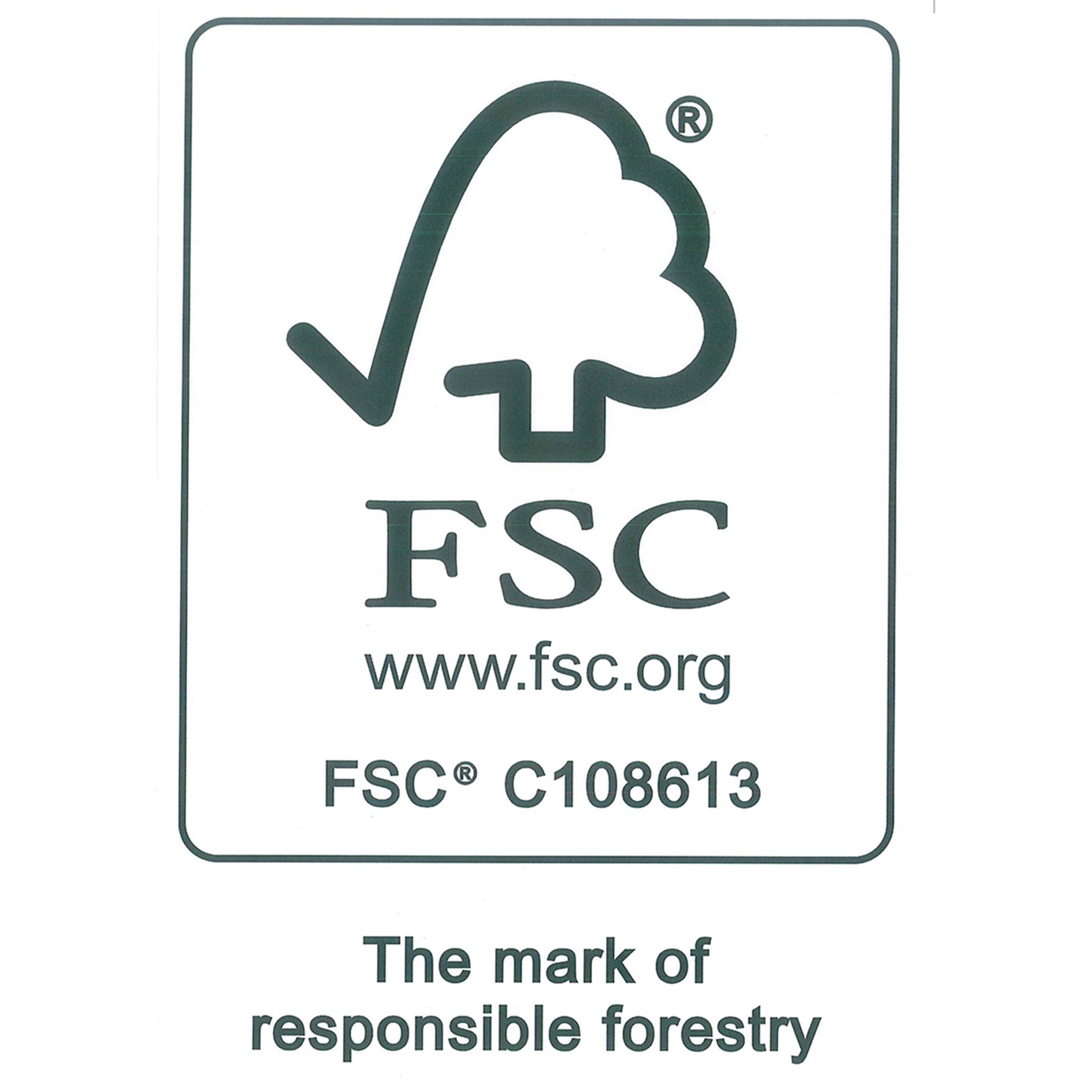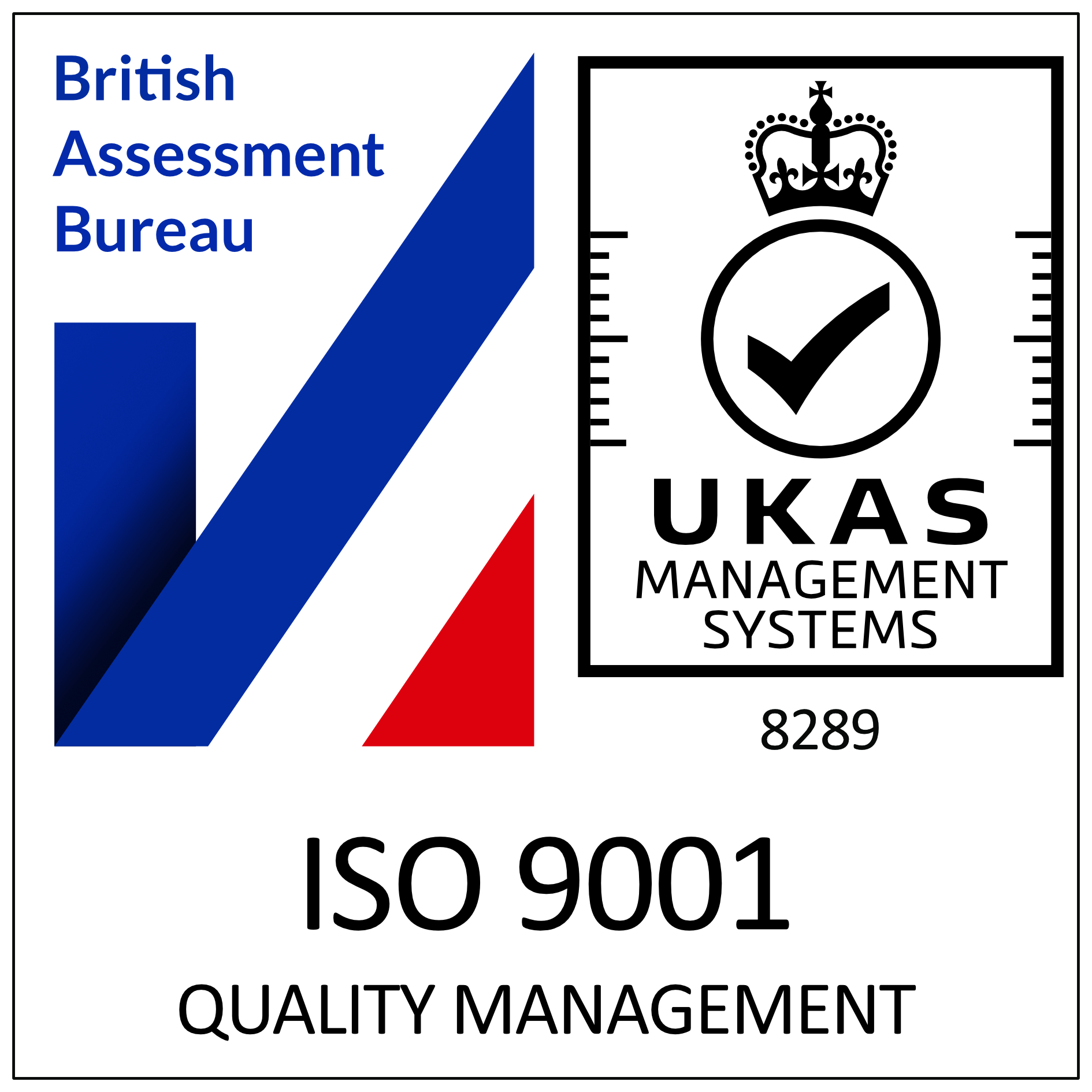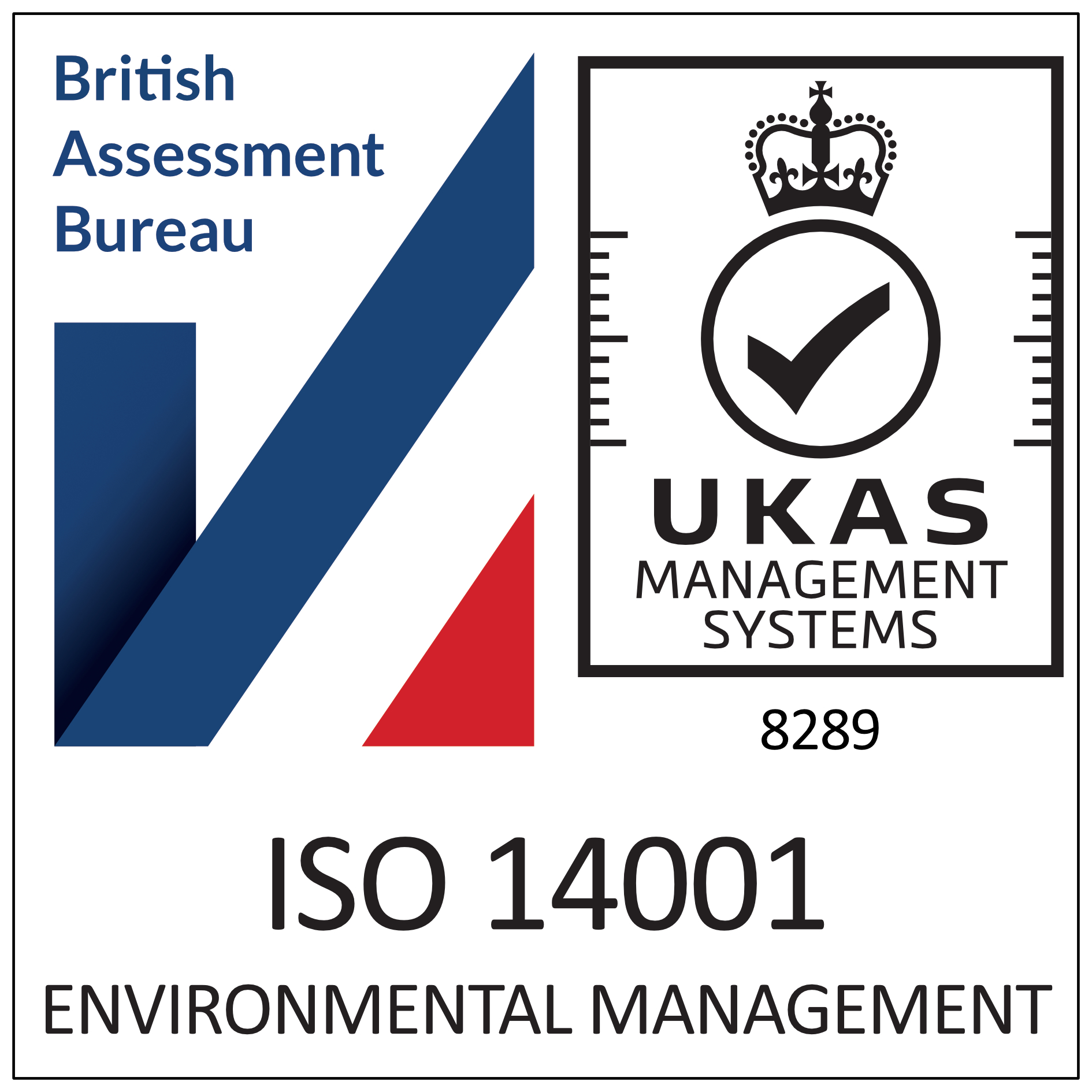The necessity for fire doors in the commercial sector
We’ve talked a lot about fire doors, and it’s now high time that we revisited the regulations that apply. It’s arguably worth mentioning at the start why these regulations exist; it’s safe to assume that everyone knows about the risk of fires and is motivated to prevent them – and if that isn’t possible to put processes and structures in place to enable people to evacuate quickly and safely
We can view the regulations then as a vital source of information – not just legal compliance statements but guidelines – prepared by experts – advising you what you need to do.
And it’s important to follow these guidelines (or the principles set out in them) everywhere – not just in commercial buildings of course.
Now let’s take a look at them, and we’ll start with new buildings.
Regulations for new buildings
For new buildings, or buildings which are subject to significant alterations, extensions, or changes of use, the appropriate building regulations apply for fire doors. These regulations are known as APPROVED DOCUMENTS, and here is a link to find them.
These approved documents are designed to ensure that minimum standards are met for construction in the UK, and cover areas such as accessibility, ventilation, sound and thermal efficiency as well, of course, as fire safety.
Note that in addition to these building regulations the fire doors may also have to comply with various other criteria such as BREEAM and CPET.
Speak to your fire door supplier about all of these regulations and requirements for expert advice.
Regulations for existing buildings
These are governed by the Regulatory Reform (Fire Safety) Order 2005, often abbreviated to RRO or FSO.
Start by visiting this site:
Making your premises safe from fire
This reform stipulates that the responsible person must carry out a fire safety risk assessment and then design and supervise the operation of a fire management plan.
Fire doors, of course, play a crucial role in the fire safety and protection of buildings covered by the FSO, and as we have repeated it is VITAL that they are fitted and maintained correctly.
Regulation 38 of the Building Regulations (England and Wales)
Also be aware of this regulation, which links the Building Regulations to the RRO for those buildings where the RRO applies. Essentially, it stipulates that fire safety information should be provided to the “responsible person” at the completion of a project (or when the building is first occupied).
The information provided should include all fire safety design measures in appropriate detail and with sufficient accuracy to assist the responsible person in operating and maintaining the building safely, including the fire doors.
The contractor is responsible for handing over this information to the client or their appointed representative, and this could vary considerably according to the nature of the building or contract. Typical recipients are likely to be a Health and Safety or Environmental Health Officer , client’s surveyor or architect, or building project manager responsible for the final sign-off of the building contract.
In turn, the client should then provide the relevant information to the “responsible person”.
Click here for further information.
Fact sheets
You may find these helpful too, provided by Certifire
Fire doors and the Building Regulations
Fire doors and the Regulatory Reform (Fire Safety) order
How to get expert advice
It’s important that you talk to experts who specialise in the manufacture and installation of commercial fire doors– and who can give you excellent advice and guidance based on years of successful installations and a large and satisfied customer base.
You may find the following link helpful:
If you would like further information on our company please use our contact form or visit our contact page for more information on getting in touch.
As always we’ll be delighted to help and advise you.








